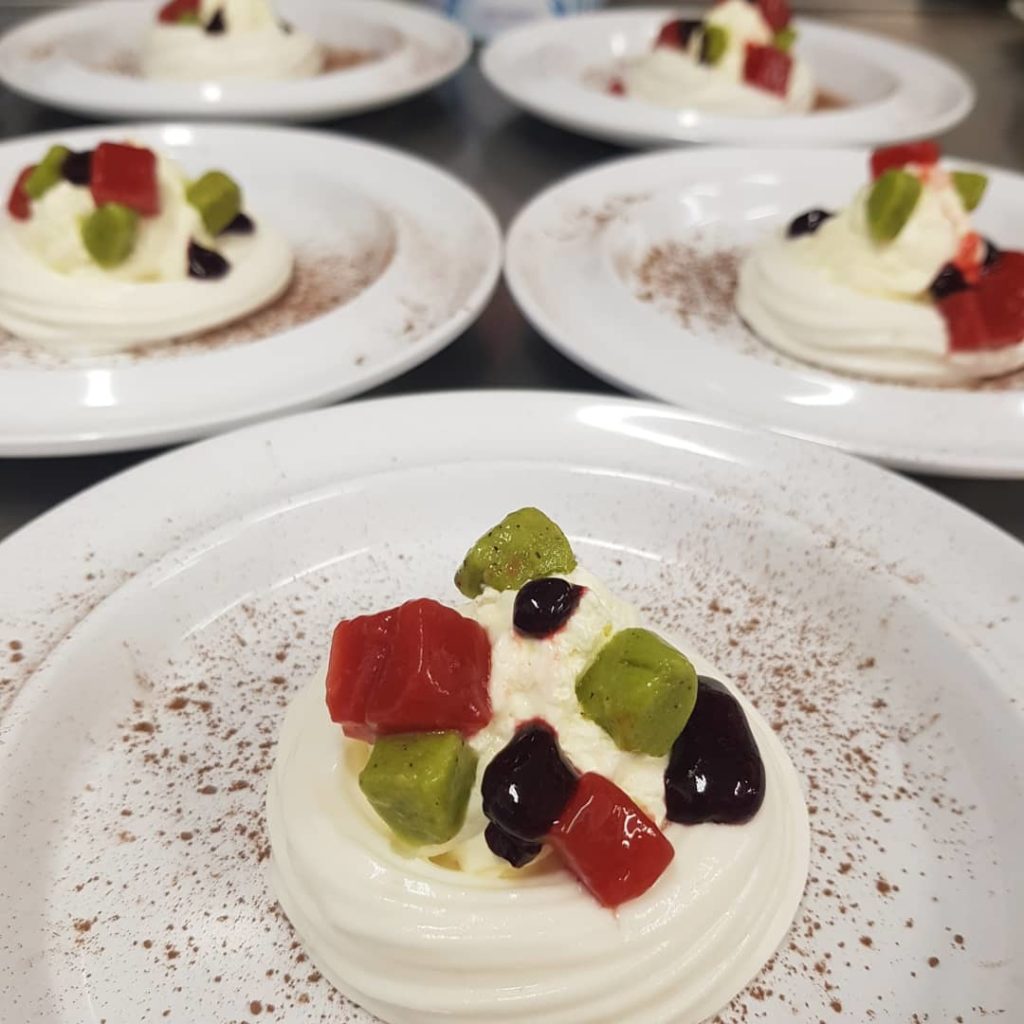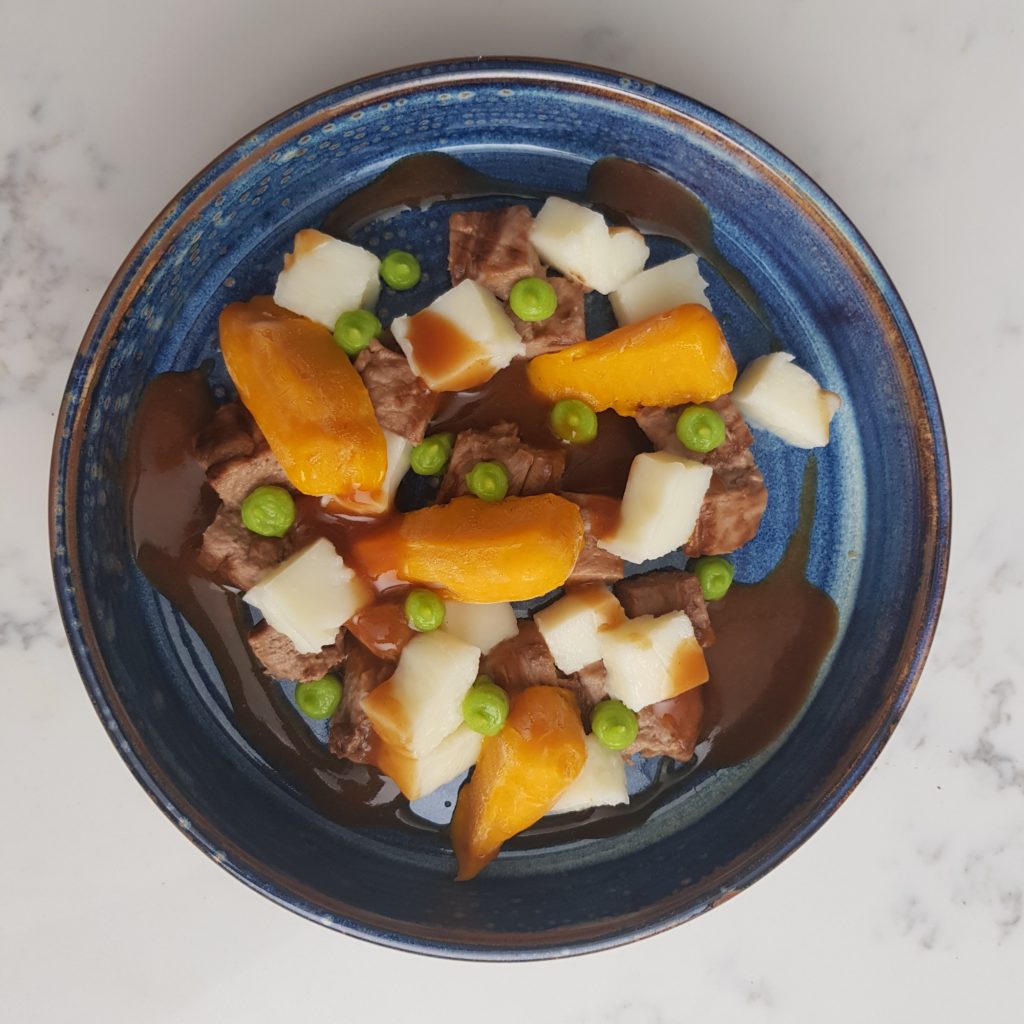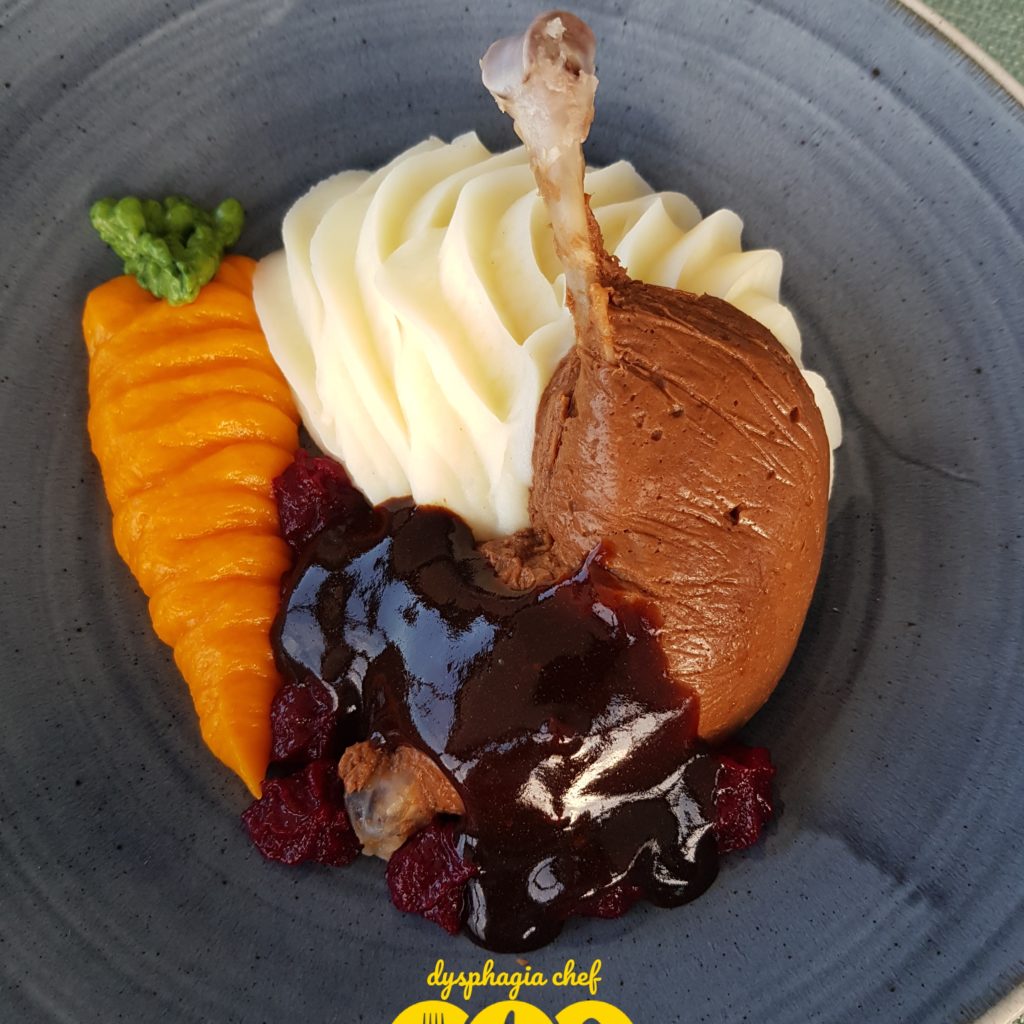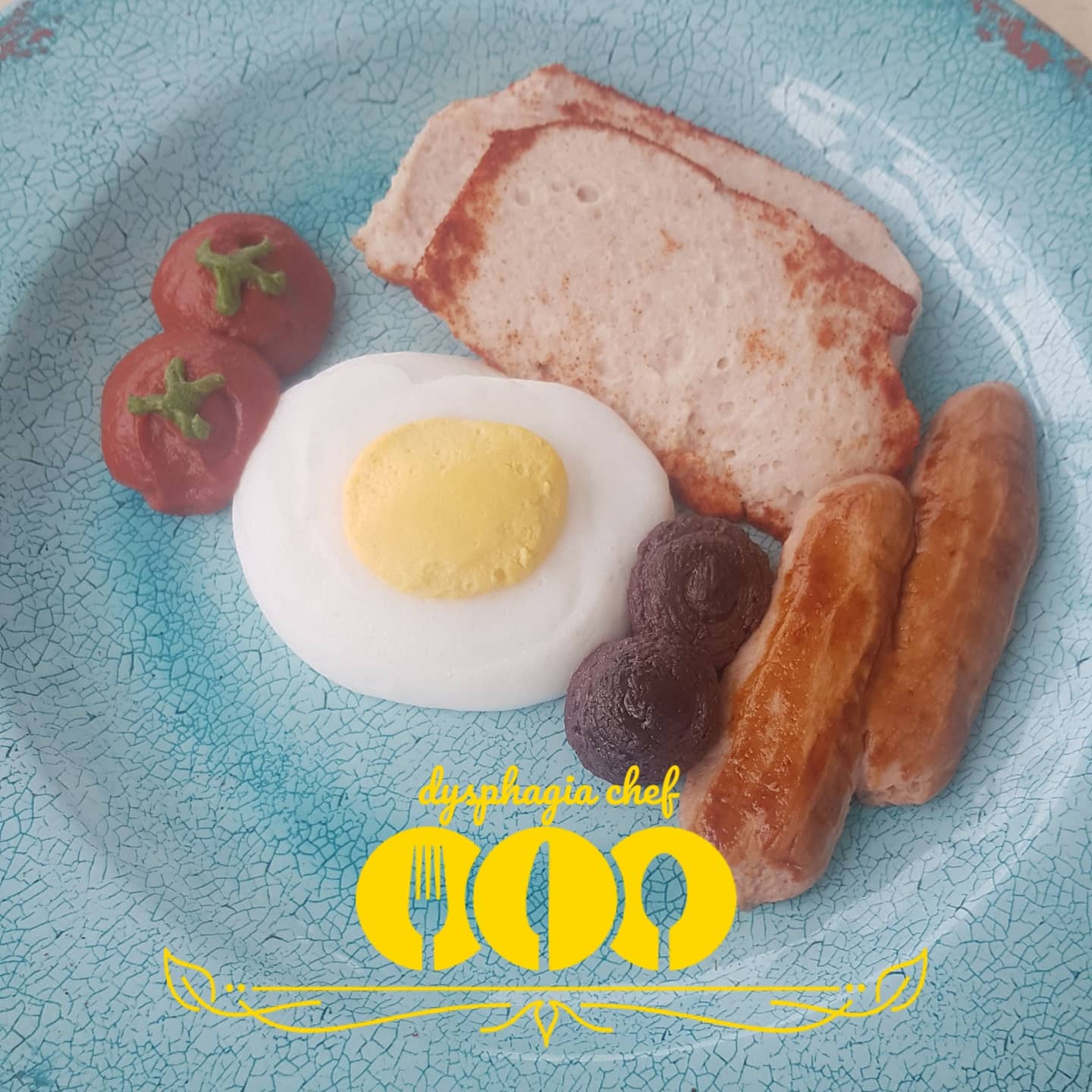If you have ever struggled with dysphagia, you will know the fatigue of explaining what a swallowing disorder is and how it affects your life. Amongst the health professionals on your team, there is another professional out there making life for people with dysphagia easier and more dignified. Meet Niamh Codon: The Dysphagia Chef.
Niamh is a trained chef based out of Cork, Ireland. After working in a long-term care facility, Niamh noticed how many of her clients struggled with swallowing disorders, and the negative impact it had on food satisfaction, social enjoyment and overall health. With the idea that there must be a way to do better, she began to use her love of food to create innovative ways to cater to those with dysphagia. Once she was able to make changes within her own workplace, Niamh created her consulting company, Dining with Dignity to train other chefs to cook for people with swallowing disorders. Niamh joined me for a chat to share her enthusiasm for why looks matter when it comes to food, and her ideas towards creating an easier journey for those with dysphagia.
Immersive experiences

One of the ways Niamh has become so well versed in her clients’ needs, is that she has done her best to experience the challenges for herself. When eating with a swallowing disorder, often a person must modify their diet to consume only certain food textures. This has become more standardized in recent years, resulting in the International Dysphagia Diet Standards Initiative (IDDSI).
Niamh has participated in a “dysphagia challenge” two times, where she ate only Level 4 food and drinks for up to a week. This translates into pureed foods and extremely thick liquids, essentially an entire diet the consistency of pudding. By the end of her experiences, Niamh noticed she was accustomed to not eating or drinking because what was available was so incredibly unappealing.
Niamh recalls how her own experience with the dysphagia challenge taught her why swallowing disorders can be so isolating. “Food is about inclusion and sitting down and having a chat. You’ve got birthdays, anniversaries, funerals, Christmas. Everything revolves around food. When I was having my coffee in a coffee shop and had to thicken it and drink it with a spoon, people were looking at me! Now I understand why people want to eat on their own. They don’t want people to judge them from how their food looks. I would highly recommend making food like it should look, even if it’s pureed, so that it doesn’t look too different from everyone else’s plate.”

But really, why do looks matter?
Aside from drawing unwanted looks, when food looks different than it should taste, it can also make the difference between what is eaten and what is not. While Niamh works closely with dietitians to ensure food is nutritionally appropriate, she advises that, “Nutrition will only count if it’s consumed.”
When she first started working at a care home, Niamh describes how she would blend each food separately and serve it out with an ice cream scoop. In a memorable incident, Niamh recalls how she plated, “A scoop of white, a scoop of orange, a scoop of green and a scoop of brown. [The client] thought it was ice cream! She was looking forward to her ice cream and then she tasted it. It was hot. It was savoury. It was salty, and not what she expected so she got the plate and threw it on the ground. She refused to eat until she got ice cream.”
This incident inspired Niamh to get creative with piping foods, putting it into molds and reshaping it to make it look like what it should be. By making the food look as it should, Niamh is giving people the chance to be both socially included and fulfill their own expectations of the food they are about to eat. She practiced what she preaches during her own dysphagia challenge when she pureed a plate of ribs and reshaped them around the bone just to enjoy her own plate, and be included without questions during a barbecue with friends.

Dreams of a more dignified dysphagia
One reason for starting her consulting business was that Niamh wanted to reach more people, to teach them about how dysphagia management can move beyond the healthcare team. She feels that if professional chefs have the desire to make a difference, they can. When Niamh started at the nursing home, she was the only chef for 50 residents. “If I can find time to do it, I expect somebody else to find the time, ” Niamh encourages. She got creative and trained her assistant, hired to do the cleaning up, to do the baking and other cooking-related jobs. At the end of the day, they cleaned up together so it was truly a team effort.
Another one of Niamh’s hopes for reaching more people is to expand into offering group support. “Dysphagia is a very personal experience,” Niamh explains. While she notes it would be time consuming for her to do individual trainings for every chef and caregiver, she has ideas of running “group virtual cafes, where people can ask questions, get questions answered, and know they’re not alone.”
Noting that the general chef population has very little awareness of swallowing disorders, if Niamh were to really dream big, she hopes that catering colleges would include some training on dysphagia. “I think [dysphagia education] can be done from the start.” She has been advocating for this and even made some headway in her home country of Ireland. While she’s at it, she would advocate for all waiters to be trained in first aid for choking. “Choking is a food safety issue, just like bacteria and allergens,” she explains.
One final expert tip
Moving from dreams, into everyday life, I ask Niamh for one practical dysphagia food prep tip I could take with me. Surprisingly she has a lot to say about mashed potatoes of all things. “Do not blend mashed potatoes,” she says, “They go gloopy.” Instead, Niamh suggests you cut the potato into slices, boil them, put them into a sieve and add hot milk. “The less work you do to a potato, the easier it is to consume.”
Thank you, Niamh, for being an ally for those living with swallowing disorders. You can follow her for inspiration and advocacy with her social media handle @dysphagiachef. Niamh, we can’t wait to see what you cook up next!
All photos were provided by and are courtesy of @dysphagiachef.





